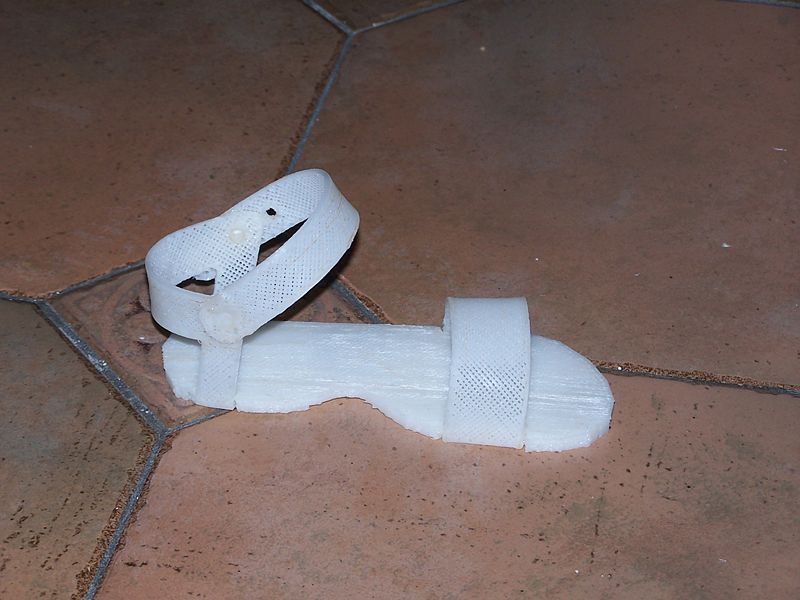Week 12
Beginning 26/12/2011
The week the general relationship between memory and HCI was explored. Our interaction with digital artefacts is governed by our memories, perception and learning abilities. Cognition i.e. reasoning, understanding and awareness etc. plays a part in all interactions. I explored different ways of interacting with digital artefacts; tangible and tactile interfaces i.e. touch field interfaces, chromarium cubes (tangible interfaces) and SAMSUNG i900 motion sense interface. I also explored my work through prototype concepts; using music interpretation for social interaction.
Different types of data collection were explored and a few quick concepts developed. A concept explored was ‘emotional dating’-using heart rate monitors to give wearers true feelings away. Problems were identified though; that people may dislike such honesty. Another concept was titled ‘I’m sorry I missed you’ which identifies where users geographic overlap occurs to plan meetings. Another concept was ‘I’m missing you’ where two users get a tangible touch-activated interface. User 1 touches the interface when they’re missing the other person and person 2 is notified of it. This is an example of objects storing, sharing and reinterpreting memories.
Environmental attributes that could be captured by objects were explored and compared them with attributes that we usually capture for memory i.e. location, light and the idea of ‘souvenirs’. Memory doesn’t have to be static. Drawing and traditional means capture multiple states in time whereas photography only captures a single moment. Memory streams can be captured using photography.
The next week will involve examining the four areas of interest in more depth, doing more research and developing some working prototypes and mock-ups.








